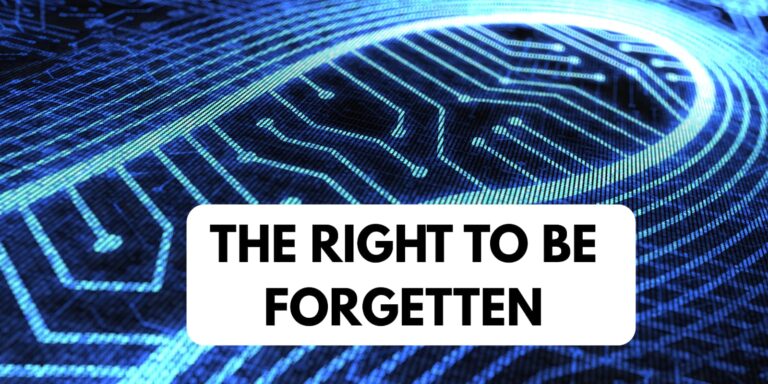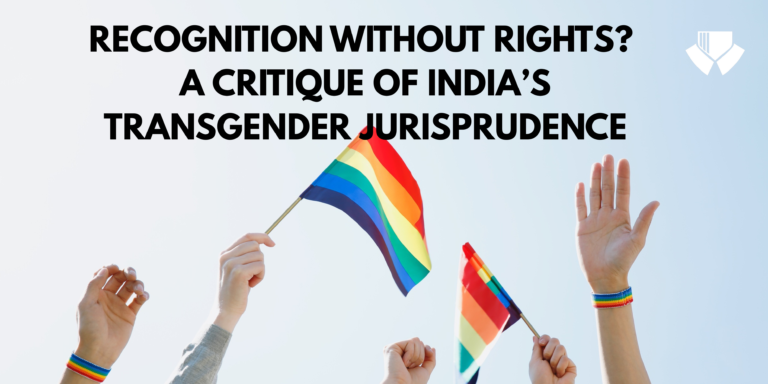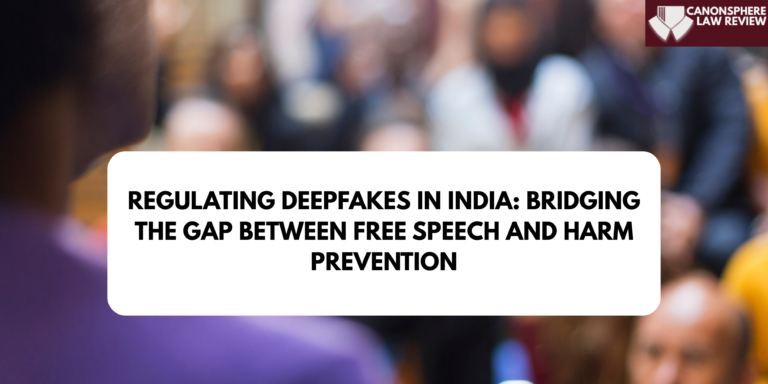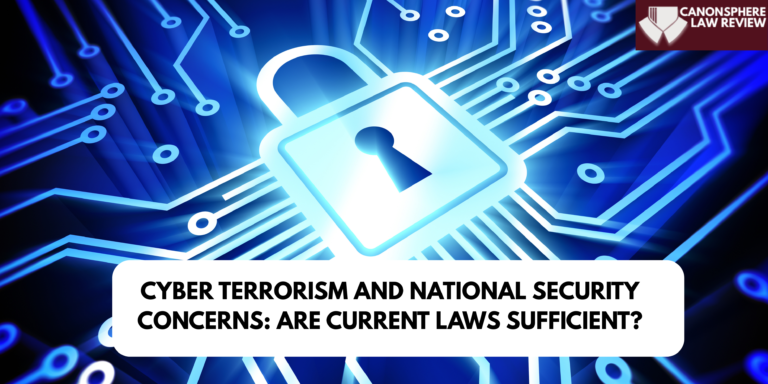This Long Article has beeen written by Vimala Mary A and Ashelle Dsouza. Vimala is pursuing an LLM in Intellectual Property Rights, Her commitment to service is demonstrated through her coordination roles in the Legal Aid Cell and her receipt of the “Praveen Hrudayaraj” award for exemplary service.
Ashelle Dsouza is a dedicated LLM student specializing in Intellectual Property Rights. She has also co-authored a published research paper on reproductive rights and gender equality.
ABSTRACT
In the age of ubiquitous digital records, the “Right to Be Forgotten” (RTBF) has emerged as a pivotal legal and ethical concept, granting individuals the power to seek erasure or delisting of personal data from search engines and online repositories. This doctrine, crystallized under Article 17 of the EU General Data Protection Regulation (GDPR), aims to balance data subject privacy with competing rights such as freedom of expression and public interest. Yet its implementation faces formidable legal, technical, and normative challenges: how to draw boundaries on which content is eligible, how to adjudicate conflicting rights, and whether the right should apply extraterritorially. Moreover, the evolution of artificial intelligence, data aggregators, and decentralized platforms complicates enforcement and accountability. Ethically, the RTBF raises questions about collective memory, historical record, and the legitimacy of erasing or rewriting digital pasts. Critics caution that it may foster censorship or distort the public record; proponents contend it restores dignity and functional autonomy to individuals besieged by perpetual reputational harms. This study undertakes a doctrinal analysis, tracing jurisprudence (especially the CJEU and regional courts), statutory frameworks, and scholarly debate to articulate a coherent normative and legal framework for RTBF. It probes the scope and limits of RTBF, its tensions with freedom of speech, and the feasibility of cross-border enforcement. The analysis culminates in recommendations for calibrating RTBF in plural legal systems, ensuring that individual redress does not unduly compromise democratic values or historical integrity.
Keywords:Right to be Forgotten, Data erasure, Privacy vs. Expression, Extra- Territorial Enforcement, Digital memory







